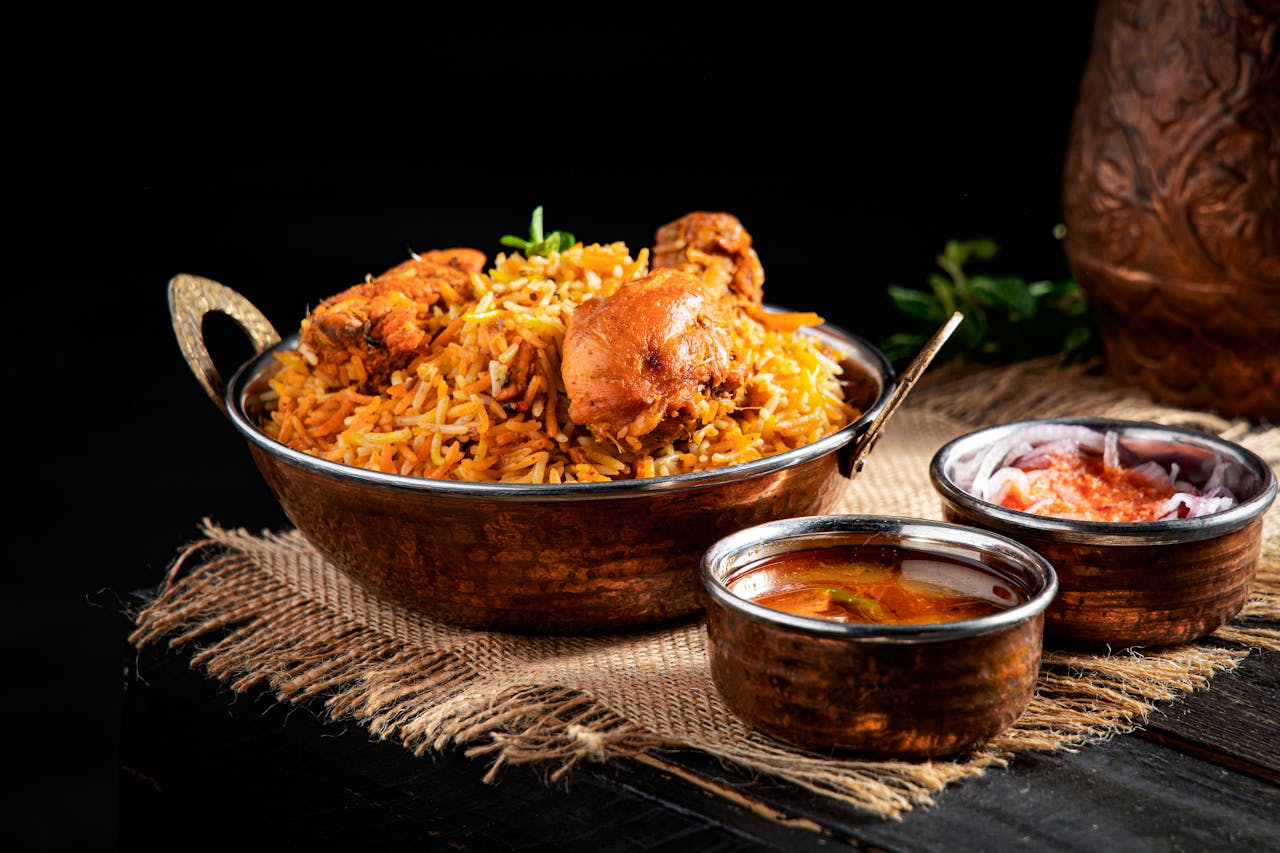Any substance that a living thing consumes to aid in energy and growth is considered food. There are other aspects of food, but this definition only addresses the biological side. Why people eat is the pertinent inquiry. Other than fueling their bodies, people eat for other reasons. Among these are eating to unwind, have fun, bond, and celebrate. Food can also be used to relieve stress and other conditions. Food plays a significant role in people’s lives beyond the biological processes for these reasons. The food propensities for a gathering/local area can be portrayed as the purposes behind eating, the strategies utilized while eating, the kinds of food eaten, and the method of capacity.

Food habits have a significant impact on society and culture.
Generally speaking, food propensities are liable to mature, orientation, ecological changes, assimilation, strict convictions, individual wellbeing, and the monetary status of a person. Food habits can vary from person to person or family to family. In any case, some food propensities are normal among specific gatherings of people, for instance, the training by certain Muslims to eat from one plate. Then again, culture is the uniform way that a local area of individuals directs its exercises. According to Kittler, Sucher, & Nelms (2012), culture is not always passed down through education. This statement implies that culture changes with time, and accordingly it might contrast starting with one age then onto the next. It might include things like the way people dress, how they worship, how the family is arranged, and traditional foods.

Culture and food habits influenced by the availability of food is one factor that influences food habits and culture.
Individuals tend to eat what is promptly accessible (Dindyal, 2003). Junk food, for instance, is inexpensive and readily available. Consequently, despite their desire for a healthy lifestyle, the majority of people consume junk food due to availability. The availability of food is determined by its price and season. Rare foods are hard to come by because they cost a lot of money. Because the majority of people have an average income, they can only afford to buy what is readily available and affordable. In contrast to foods that are not in season, those that are in season are typically less expensive and more easily accessible (Dindyal, 2003). As a result, food habits are seasonal and adaptable due to seasonal factors like availability and season.
In addition, people who rely on these factors to determine their eating habits often define themselves. The way of life of a person is the second factor that has an impact on food preferences and culture. Individuals with ailments that require the utilization of a particular eating regimen will take on a specific way of life. A person with diabetes or high blood pressure, for instance, will typically steer clear of foods high in sugar (Kulkarni, 2004). Then again, such a singular will focus on food varieties that are wealthy in unambiguous supplements. Veggie lovers will eat food sources that are drained of creature items. Other vegetarians avoid animal products that only contain meat, while strict vegetarians avoid all animal products, regardless of whether they contain meat.

Certain individuals have likewise embraced sound ways of life, and accordingly they can’t buy or take any food sources that are considered unfortunate (Kittler et al., 2012). Therefore, even if junk food is readily available, such individuals cannot consume it. Individuals go to such private lengths to guarantee sound living combined with staying away from way of life infections. Some people, for instance, only consume white meat and avoid red meat. These people think that white meat is safer than red meat. Such perspectives can be utilized to decide the dietary patterns of an individual.
The social background of a person is the third factor that affects how they eat. Eating is viewed as a social issue. As a result, different people’s eating habits are influenced by their social circles (Lasn, 2000). When you are spending time with a variety of people, it is very important to stick to your own eating routine. For instance, people are more likely to adopt the eating habits of the people they socialize with in different settings, such as at work or school, and thus abandon their own eating habits when they spend a lot of time there (Montanari & Sonnenfeld, 2006).
The fourth factor that affects eating habits is culture. The food preferences of those involved are influenced by interactions with other cultures (Helstosky, 2009). People have a tendency to borrow or copy other people when they interact, and food habits vary from culture to culture. According to Messer (2007), culture influences how food is prepared, stored, cooked, consumed, and disposed of. For instance, food culture in France differs from that in the United Kingdom and the United States. When people from these cultures move to places that are different from where they grew up, they continue to follow their customs regarding food and culture while also adapting to and learning about new cultures. The consequence of this connection is a social trade of food propensities. Latinos in New York, for instance, will seek identity by adopting culturally acceptable eating habits. Be that as it may, they will be more adaptable by joining their societies with those of the New Yorkers. The fifth element that impacts food propensities and culture is religion. According to Pena & Lawrence (2011), religion has a significant impact on people’s eating habits. Certain foods are forbidden to adherents of certain religions.

According to their beliefs, Muslims and Jews, for instance, discourage their adherents from eating pork because the meat comes from an allegedly cursed animal. Also, Hindus don’t eat beef because they think the cow that raised it is holy and a symbol of their god. A few religions view the utilization of wine as a type of tipsiness, while others generally approve of such issues (Counihan and Esterik, 2008). As a result, adherents to these religions will adopt a food culture that is not in conflict with these teachings and beliefs.
According to Dindyal (2003), a person’s food habits are also heavily influenced by their own abilities and experiences. Some people have perfected their culinary skills because they enjoy cooking. These people would rather cook their own food and try out new recipes than go to restaurants, and they would love to cook their own food. Others prefer to buy ready-made food because they are not interested in cooking or the kitchen. These people don’t mind eating at cafes and restaurants. In such a case, the individual’s impression of food and the most common way of setting it up to impact his/her food propensities and culture.
A person’s beliefs and knowledge of food are another factor that affects their eating habits. Some people conduct research on various meals because they are very interested in the nutritional advantages of various foods. According to Freedman (2007), such people are regarded as food enthusiasts. Some people have certain beliefs about certain foods, so they will avoid them or consume them even more. For instance, certain individuals think about pizza and burgers as garbage, thus unfortunate. Such individuals will embrace a food propensity that does exclude pizza and burgers in their eating routine. Beetroot is thought by some to be nutritious and beneficial for raising blood sugar levels. As a result, these people will ensure that they consume more beetroot.
A person’s perceptions can lead to a food habit that becomes part of their daily life. According to Dindyal (2003), a person’s eating habits can also be influenced by their schedule. For instance, individuals who are continually occupied to regularly practice their own food will create of requesting food or eating from food joints. Others will quite often skirt specific feasts or take quick bites because of their tight timetables. The affected person’s food habits are determined by these actions. Food habits and culture are influenced by a variety of factors, including availability, season, personal schedule, perception, health concerns, mood, and social circles. People will be able to live healthier lives and have a better quality of life as a result of having a better understanding of these factors.
Sources of information and works reference;
Counihan, C., & Esterik, P. (2008). Food and culture: A reader. New York, NY: Routledge. Web.
Dindyal, S. (2003). How personal factors, including culture and ethnicity, affect the choices and selection of food we make. The Journal of Third World Medicine, 1(1), 18-21. Web.
Freedman, P. (2007). Food: The history of taste. Berkeley, CA: University of California Press. Web.
Helstosky, C. (2009). Food culture in the Mediterranean. Westport, CT: Greenwood Press. Web.
Kittler, P., Sucher, K., & Nelms, M. (2012). Food and culture. Belmont, CA: Wadsworth. Web.
Kulkarni, K. (2004). Food, culture, and diabetes in the United States. Clinical Diabetes, 22(4), 190-192. Web.
Lasn, K. (2000). Culture jam: How to reverse Americanś suicidal consumer binge – and why we must. New York, NY: Quill. Web.
Messer, E. (2007). Cultural Factors in Food Habits: Reflections in Memory of Christine S. Wilson. Ecology of Food and Nutrition, 46(4), 185-204. Web.
Montanari, M., & Sonnenfeld, A. (2006). Food is culture. New York, NY: Columbia University Press. Web.
Pena, C., & Lawrence, B. (2011). Traversing the local/global and food/culture divides. Food and Foodways, 19(2), 1-10. Web.